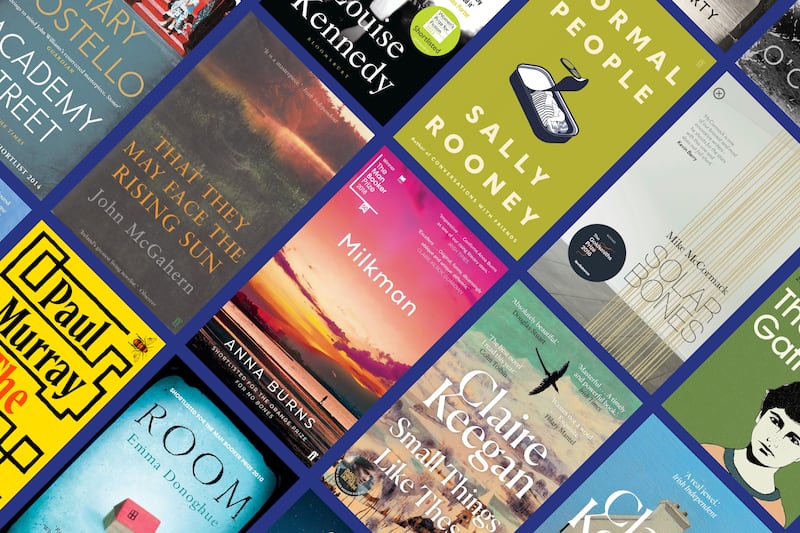The title of this book, Shooting Crows, is oddly demure for an account of horrific murders and collusion by the British army and RUC in facilitating and protecting the guilty.
It’s drawn from the image of a farmer shooting crows to deter others, and this isn’t a reference to the killers, but to police harassment of the author, film-maker Trevor Birney.
Birney and his colleague Barry McCaffrey had investigated the attack on the Heights Bar in Loughinisland, Co Down, by a loyalist gang in June 1994, which killed six people.
Birney and McCaffrey’s research showed that one of the gang was an informer, working for the police. Consequently, they believe, more police effort went into punishing them for exposing that than into catching the killers.
Birney and McCaffrey were the crows, arrested and charged with stealing a document from the Police Ombudsman, a whistle-blower’s leak of the kind much legitimate investigative journalism relies on.
The charges put to them relied on a law that required a complainant, an injured party coming forward. That injured party was the man they had pointed the finger at as the informer in the gang, a mass murderer under state protection.
The book itself is a mix of heartfelt personal writing and hard-edged journalism.
It starts with an account of the police raid on Birney’s house, the reactions of his wife and children and guests, the slow, ghastly realisation that they had come not just to search for the document, but to confiscate all devices and computers and to take Birney into custody.
But it moves from there into a long, detailed history of loyalist violence and collusion.
This includes an account of the importation of rifles from South Africa under the noses of the security forces. Many of the later killings are traced back to those weapons.
The logic of collusion has been made clear by Desmond De Silva, who collated the documents relating to the murder of solicitor Pat Finucane in 1987. It was essentially that if the army and police could direct loyalists to real terrorist targets, two benefits would follow. Fewer innocent Catholics would be murdered and the targeting of actual terrorists, inevitably taking longer to prepare, would allow the police and army time to intervene.
The weakness in that case is that murders of innocent Catholics continued.
Policing by RUC special branch focused on the gathering of intelligence rather than evidence, so that the paramilitary groups could be infiltrated and disabled.
This strategy frustrated ordinary detectives investigating crimes, one of whom, in the account here, succeeded in catching killers by taking care to conceal his efforts from Special Branch.
Another tells Birney that he simply accepted the limitations imposed on him, the denial of evidence by one branch of the police force from another.
Much has been written elsewhere about how agents were protected, even with attacks being allowed to proceed. In the last year, we have had Four Shots in the Night by Henry Hemming (Quercus) and Stakeknife’s Dirty War by Richard O’Rawe (Merrion). And, of course, Jon Boucher’s Kenova inquiry report on Stakeknife, an agent inside the IRA.
Birney’s focus is on collusion with loyalist gangs.
The second half of the book is the personal story of Birney and McCaffrey’s high-risk challenge to their arrest and their defence of their journalism. They are advised by their lawyers that the ultimate cost of their challenge, should they lose, could be £2 million and long prison sentences. But the warrants for their arrest were overturned to the humiliation of the PSNI and the Durham police force charged with leading the investigation.
Birney is a beautiful writer and he weaves the personal and the hard-edged journalism neatly. He even reads in places as if a missed vocation might have been sports reporting.
Some of this is of a type with Martin Doyle’s Dirty Linen, with its close focus on the experience of a community that has been devastated. Whereas Doyle’s cultural and historical backdrop and the soft tissue between the hard reportage and analysis is the story of the linen industry, Birney’s is football, both Gaelic and soccer, a device that leads us smoothly to that horrific night in the Heights Bar. Everyone was turned to the TV to watch Ireland play Italy in a World Cup match when armed savages charged in and shot all round them.
Malachi O’Doherty’s most recent book is How To Fix Northern Ireland (Atlantic, 2023)















